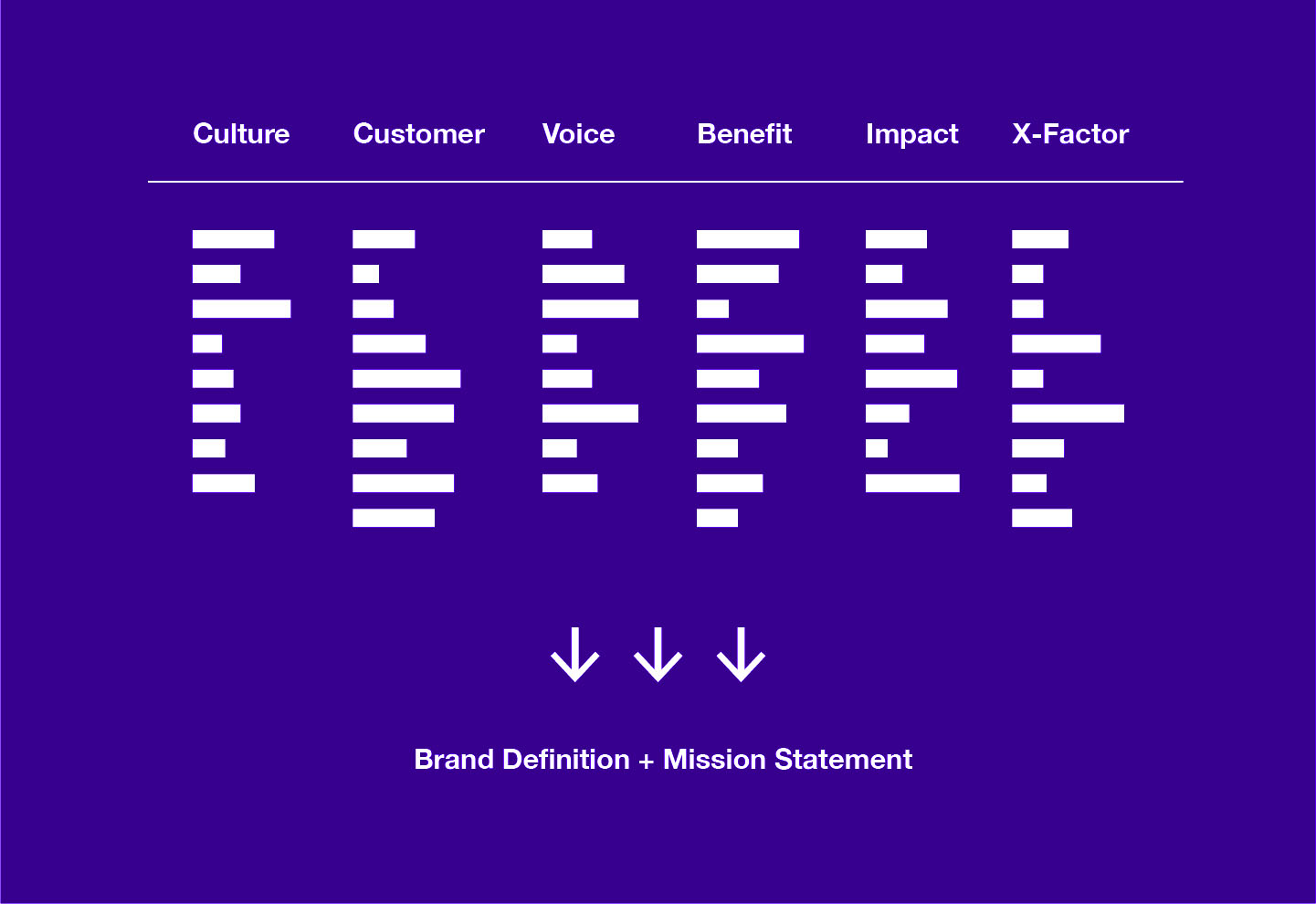By defining the client's goals, brand attributes and customer's needs, brand strategy sets the creative tone for the branding. A strategic approach not only yields better results than a tactical or short sighted approach for the current objective, but also for all future endeavors.
Identifying and clarifying the client's goals is important to understand the true nature of the problem we are about to tackle and helps us to provide the right solution. It is the baseline that makes results measurable.
Positioning is about how you want your brand to be perceived on the market, by the audience and among competitors. As the backbone of the brand it communicates its benefits and establishes an emotional connection with your customers.
Brand attributes describe the qualities and personality of the brand. They help us to understand what the brand stands for and determine what makes the brand identifiable.
Brand attributes are translated into imagery, voice and physical attributes, and when aligned with positioning, create a believable, authentic branding that builds trust.
When addressing an audience, dividing them into groups helps to understand each group's needs, but also what they have in common. Customer segmentation determines how to tailor a message to each group individually. It helps to understand what is important to the individual and informs user journeys.
Customer and revenue segmentation is based on characteristics like demographics, psychographics, stage of life and behavior.
User profiles help to create individual journeys that map out scenarios how the user interacts with the brand and help to predict pain points. Understanding the customer's underlying needs behind a purchase helps to determine how to shape and communicate the benefits of the product, but also how to exceed these needs. Exceeding a customer's needs is important to build lasting relationships.
A strategic approach ensures focus on the defined goals and that everything created stays on brand, on message and on positioning. It weeds out unwanted influences like personal taste and opinion that could water down the brand experience, muddy the outcome or even hurt the brand.
















